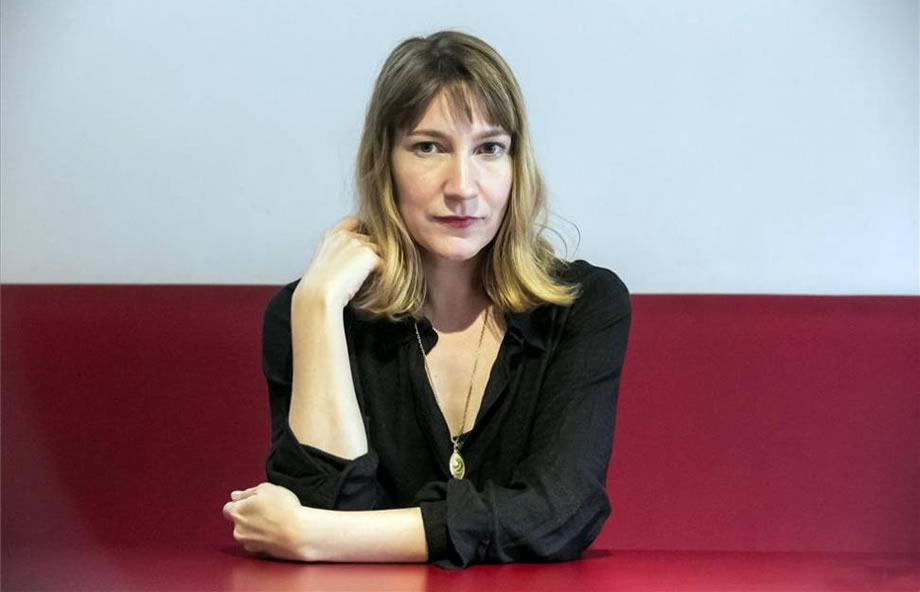Originally conceived and conducted in 1999 by Sheila Heti. To learn what artists think about how they work and discover what contemporary artists share.
- Name: Daisuke Takeya
- Medium: Anything that elementary school children would use in their art classes + oil paints (if they don’t use it in their class).
- Process: Contemplate, create, analyze, contemplate, create, analyze, contemplate, create, analyze… the process means as much as the finished product, because my practice is self-couseling, healing, and meditative.
- Aesthetic: Something possibly 6 year olds and 90 year olds can enjoy. Something that people in Masai Mara in Kenya, Tibet, Yellow Knife, and Hong Kong can enjoy.
- Aesthetic horror: Not sure…
- At which point in your process you are cheating / a fraud: I am not cheating/a fraud… or everyone is. Every creation is inspired by something. Modern technology and the IT revolution changed the way we work drastically… Things that are called cheating/a fraud can be an “of course” thing in the future…
- The elements by which you judge your work: Artistic excellence, care, time spent, thoughts went through.
- The basic unit of your work: Love and caring.
- Which trends in [your medium] are the death of [your medium]: Nothing is new. No death in my lifetime.
- What you have borrowed from whom: Children. Japanese pop. Japanese poetry. Abstract Expressionism. Baroque and Renaissance. Action Painting. Various art genres. Various music genres. Various film Genres.
- What is completely your own: Nothing but everything. No one else on earth would have created my art but my work is based on everything I have experienced each day.
- The most astonishing thing you have seen today: Gray sky.
*
Sheila Heti works as Interviews Editor at The Believer, and has contributed long interviews with writers and artists to the magazine.
She is the author of five books: the story collection, The Middle Stories (McSweeney’s Books); the novella, Ticknor (Farrar, Straus and Giroux); How Should a Person Be? (Henry Holt); and an illustrated book for children, We Need a Horse (McSweeney’s McMullins) featuring art by Clare Rojas. With Misha Glouberman, she wrote a book of “conversational philosophy” called The Chairs Are Where the People Go (Faber), which The New Yorker chose as one of its Best Books of 2011.
Her work has been translated into German, French, Spanish, Dutch, Italian, Vietnamese and Serbian. Her writing has appeared in The New York Times, n+1, McSweeney’s, Brick, Geist, Maisonneuve, Triple Canopy, Bookforum, and other places.
In 2001, she created the Trampoline Hall lecture series, at which people deliver lectures on subjects outside their areas of expertise. The shows have been running monthly in Toronto since that time and have sold out every show since their inception.
In 2008, she created The Metaphysical Poll, a blog that collected the sleeping dreams people were having about Hillary Clinton and Barack Obama during the Democratic primaries. The blog received hundreds of dreams and press in The Washington Post, The LA Times, New York Magazine, Slate, The New Yorker, The Economist, The Huffington Post and elsewhere.
She appeared in photographs as Lenore Doolan in Leanne Shapton’s book-as-auction catalogue, Important Artifacts and Personal Property from the Collection of Lenore Doolan and Harold Morris, including Books, Street Fashion and Jewelry.
She appears in Margaux Williamson’s film Teenager Hamlet, and with her runs The Production Front, which puts on shows and promotes the work of other artists.
She is working on an adaptation of the I Ching, a novel about love and consciousness, a book about our relationship to objects, and a book-length interview with a certain psychoanalyst.
She studied playwriting at the National Theatre School in Montreal before attending the University of Toronto to study art history and philosophy. She lives in Toronto.
